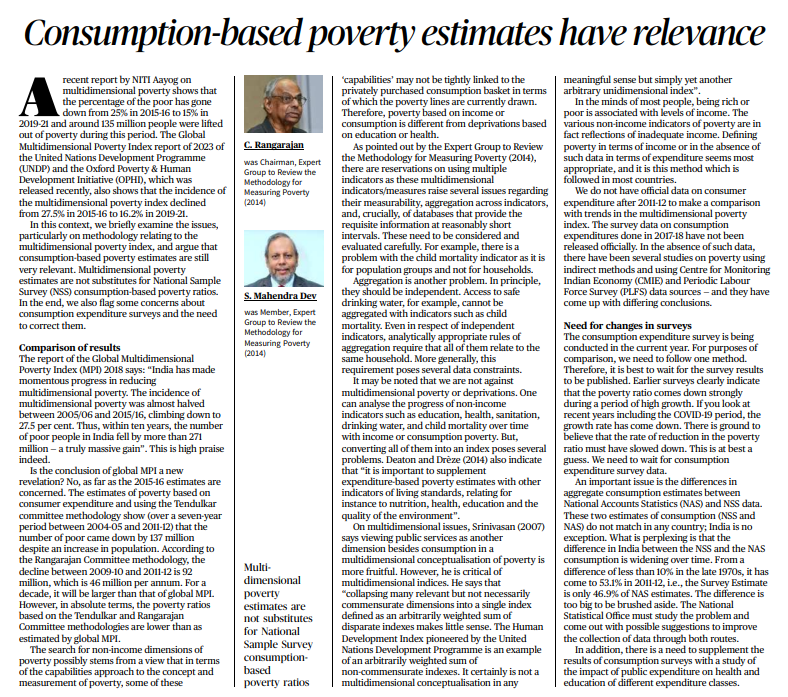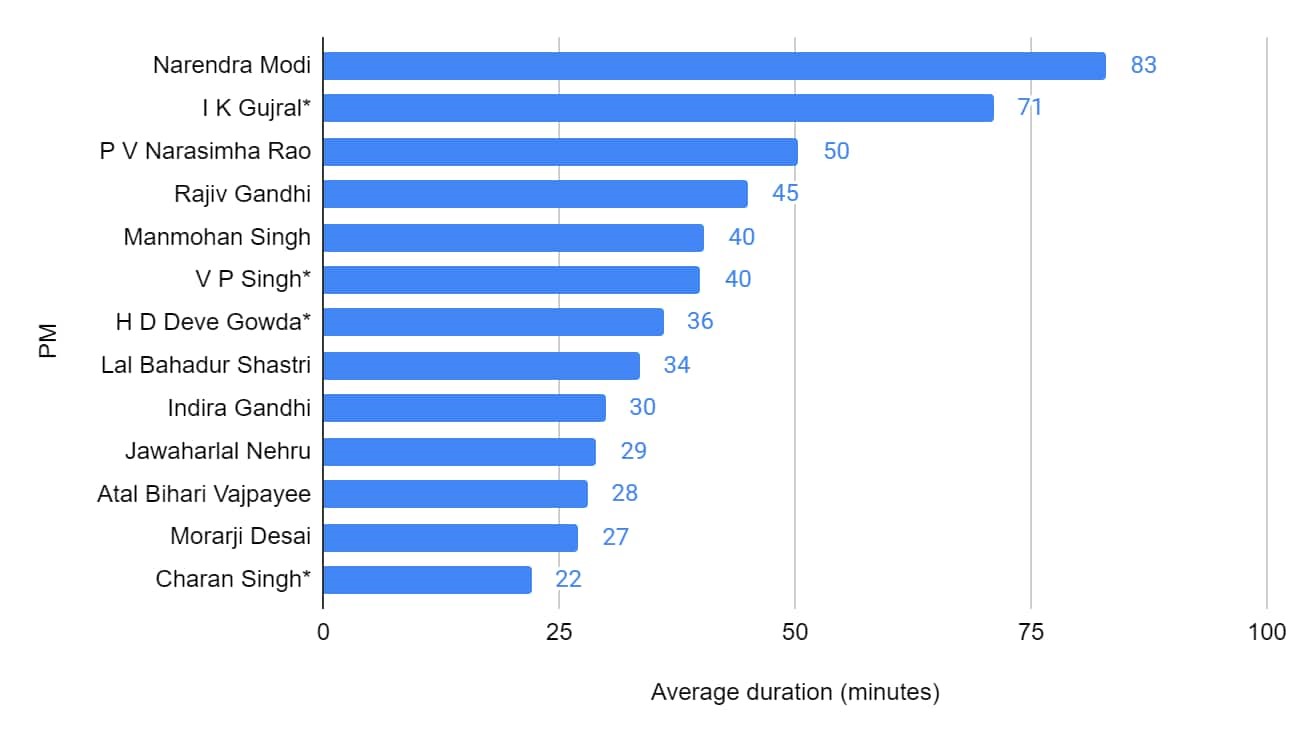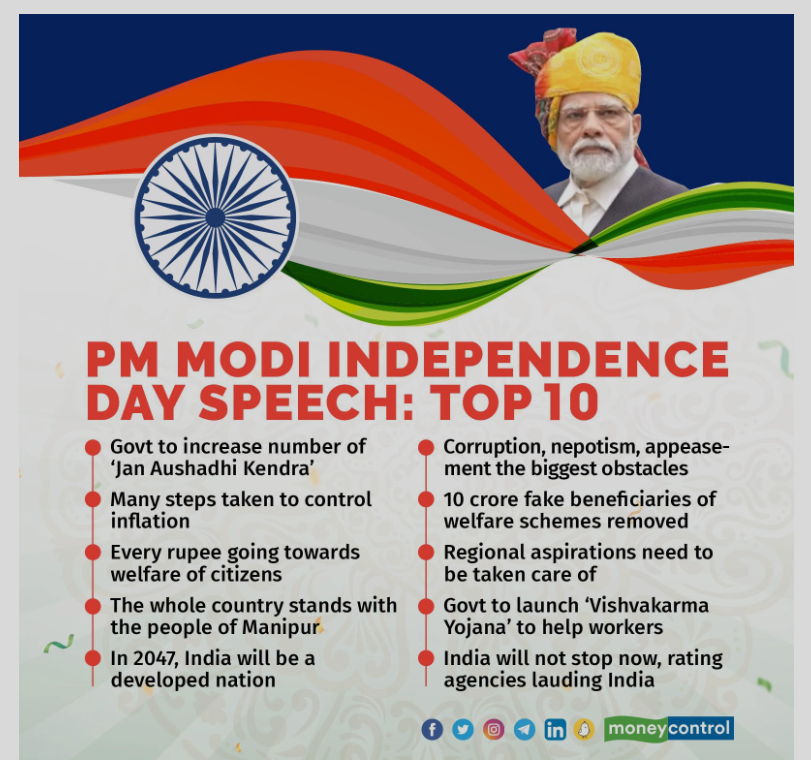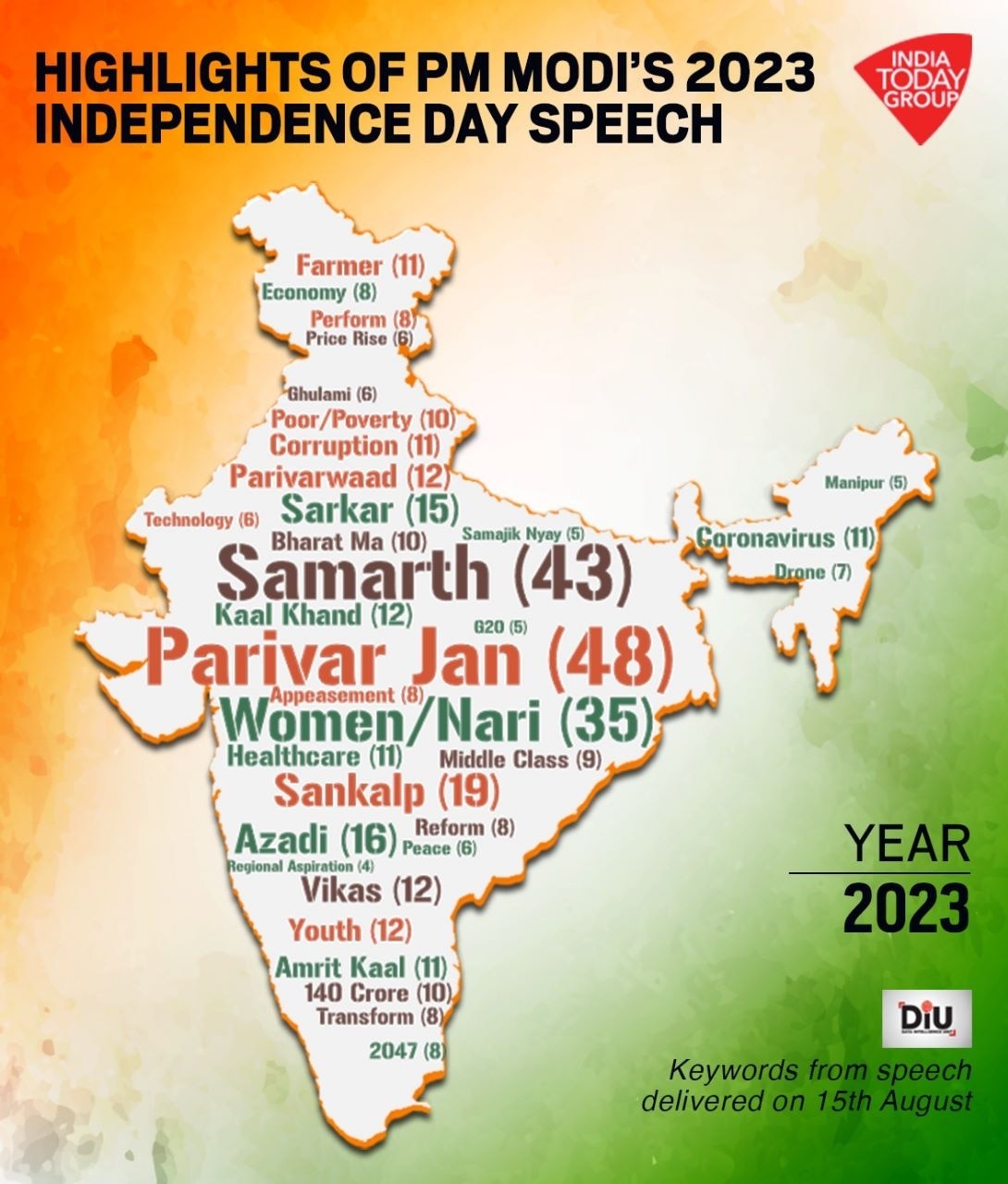CONSUMPTION BASED POVERTY ESTIMATES HAVE RELEVANCE
Introduction
- A recent report by NITI Aayog highlights a significant reduction in the percentage of people living in poverty in India, indicating progress in poverty alleviation efforts.
- The report is juxtaposed against the Global Multidimensional Poverty Index (MPI) report of 2023, released by UNDP and OPHI.
Positive Trend in Poverty Reduction
- The NITI Aayog report reveals a promising decline in poverty rates from 25% in 2015-16 to 15% in 2019-21, with approximately 135 million individuals being lifted out of poverty during this period.
- The Global MPI report also showcases progress, showing a reduction in the multidimensional poverty index from 27.5% in 2015-16 to 16.2% in 2019-21.
Methodological Issues in Multidimensional Poverty Index
- While acknowledging the importance of multidimensional poverty measures, the report raises concerns about the methodology and its practical implications.
- It points out that non-income indicators of poverty, such as education, health, sanitation, and child mortality, may not always align well with the consumption-based poverty estimates.
- These dimensions are argued to be influenced by factors beyond the scope of a consumption-based approach.
Relevance of Consumption-Based Poverty Estimates
- The report highlights that consumption-based poverty estimates continue to be pertinent, suggesting that multidimensional poverty estimates should not replace National Sample Survey (NSS) consumption-based poverty ratios.
- It underscores the limitations and challenges of aggregating diverse indicators into a single index.
- Additionally, experts advocate for supplementing expenditure-based poverty estimates with indicators related to nutrition, health, education, and environment.
Data Discrepancies and Need for Surveys
- The report points to discrepancies in aggregate consumption estimates between National Accounts Statistics (NAS) and NSS data, emphasizing that such discrepancies have widened over time. It calls for an in-depth examination of these differences and suggests improvements in data collection methods through both routes.
- The report also emphasizes the importance of conducting comprehensive consumption expenditure surveys and highlights the need to account for the impact of public expenditure on health and education.
Conclusion
The NITI Aayog report highlights the positive trend in poverty reduction in India and underscores the importance of both consumption-based and multidimensional poverty measures.
It acknowledges the complexity of measuring poverty through non-income indicators and advocates for a balanced approach that considers various dimensions of poverty.
The report also calls for improved data collection methods and emphasizes the need for further research and analysis to inform poverty alleviation strategies.
Question: Discuss the recent findings of the NITI Aayog report on multidimensional poverty in India, highlighting the percentage reduction in poverty and the number of individuals lifted out of poverty. Analyze the implications of this progress for poverty alleviation strategies.
INDEPENDENCE DAY SPEECH HIGHLIGHTS
Prime Minister Narendra Modi’s Independence Day speech on 15 August 2023
- PM Modi delivered his 10th consecutive Independence Day speech from the Red Fort in New Delhi, which lasted for 90 minutes, the longest ever for any Prime Minister.
- He announced the launch of the Vishwakarma Yojana, a scheme to provide financial assistance and skill development to barbers and goldsmiths, with an initial spending of Rs. 13,000-15,000 crore.
He said that India is now seen as a ‘Vishwamitra’, a friend of the world, and that a new world order is emerging after the pandemic, similar to the one after World War II.
- He expressed solidarity with the people of Manipur, and said that a peaceful solution will be found for the crisis in the northeastern state.
- He praised the achievements of India’s athletes in the Tokyo Olympics, and said that sports can be a medium of social change and national unity.
- He also highlighted the progress made by India in various fields such as health, education, infrastructure, agriculture, renewable energy, digital economy, and space exploration.
- He urged the citizens to take part in the ‘Azadi Ka Amrit Mahotsav’, a year-long celebration of India’s 75th year of independence, and to contribute to the nation’s development with a spirit of self-reliance.
PM Modi mentioned how women scientists at Indian Space Research Organisation (ISRO) are leading the Chandrayaan mission. Today, we can proudly say that India has the maximum number of pilots in civil aviation. Women scientists are leading the Chandrayaan mission. The G20 countries are also recognising the importance of women-led development.





